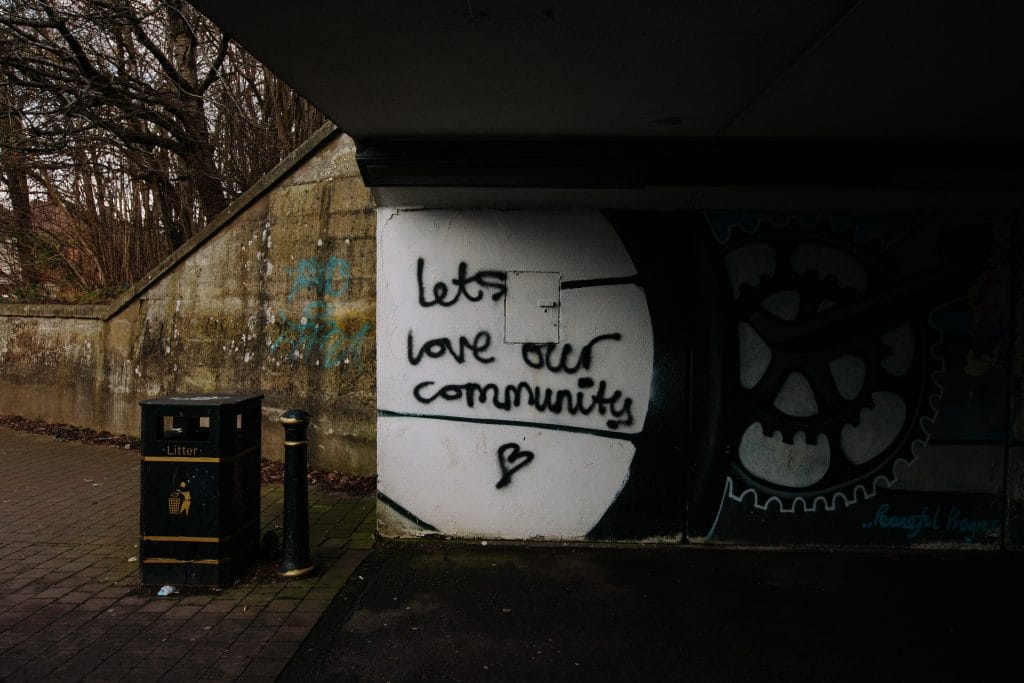In this blog Debbie Sanders from Make Work Better argues that problem solving is a powerful tool for organisations to learn and use with its employee representatives and union representatives. She argues that if supported by the leaders of both unions and organisations, problem solving can lead to longer lasting, positive change.
In my experience, problem solving with trade unions and employee representatives works. It brings pragmatic and practical solutions to real workplace problems. As organisations deal with several pandemic-related employee relations challenges – from returning to the workplace, agile working, the approach to vaccines, a deterioration in mental health and, in some organisations, reviews of terms and conditions – I would advocate adopting problem solving. Problem solving groups are a powerful way of resolving differences of opinion, moving people on from entrenched positions and positively impacting organisational culture.
Problem solving can be used for all types of problems where you may consult or negotiate if you gain senior leadership support from within the organisation and its unions or employee representatives.
Problem solving works can be used in a variety of situations.
I have used “action teams” with groups of managers and union representatives to jointly solve issues such as modernising employment policies including discipline, grievance, flexible working and absence, as well as reviewing and improving meetings and establishing joint communications protocols.
Action teams need structure.
An “action team” is normally a group of six people – three trade union/employee representatives and three managers. The group agrees a “problem statement” before kicking off the work. We have used “fish bone” diagrams to clearly identify the cause and effect of the problem.
The action team agrees a timeline of activities which may include interviews with key people, finding relevant documentation or running surveys. Short weekly meetings are put in the diary to enable the team to stay connected, share notes and draw up a recommendation on how to move forward. Action teams really do need to be action focussed and cannot be allowed to drag on. The facilitator, normally from Employee Relations (ER) or Human Resources (HR), will guide the team, challenging them to stay focused on the problem statement, as they move through the timeline.
Getting sign off to recommendations.
After a maximum of 12 weeks, the group will set out their joint recommendation which may need to be signed off by the appropriate leader, in HR or the operation or a steering group made up of leaders and representatives. As the work will have been discussed, tested and re-tested, it is very unlikely that the proposal is not signed off. It then moves into the implementation phase. Another action team can be established to support implementation of the proposal.
Everyone learns transferable skills.
As well as solving a critical problem and helping the business move forward, all parties learn and practice valuable, transferable skills. They practice listening to other views, they learn how to undertake small surveys or interviewing, they learn how to build a case for presentation and practice presentation skills. They also demonstrate to the wider business, the power of joint problem solving, thereby reducing the resistance to this style of working.
When to use action teams?
I have used this style of working to agree a programme of policy modernisation for the year ahead. We set out the policies that the organisation wanted to change, and the unions did the same. We shared our lists, prioritised the list and set out a year plan. In two years, we had modernised more policies than had been achievable in the previous decade when a more traditional negotiation approach had been used, where both parties had a desire to win and didn’t feel their views were listened to.
I also used action teams to help improve an organisation’s industrial relations climate. Rather than choosing a top-down approach to change, the organisations and its unions agreed a bottom-up, collaborative style of change which, they felt, would gain more buy-in from all parties and lead to longer lasting change. We identified a series of issues to be tackled by action teams and simultaneously ran six at a time. The six action teams fed back their recommendations to a steering group of senior leaders and senior union representatives. All the recommendations were signed off and moved into an implementation phase while a brand new set of action teams kicked off, addressing new problems. This process ran for two years.
Action teams are a powerful way of managing change and should be more widely used in unionised organisations to facilitate change. Now is the time to experiment with an alternative approach to some major workplace challenges.



